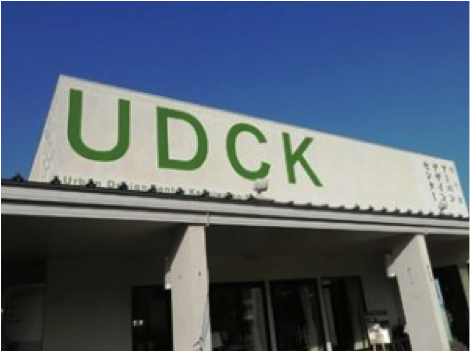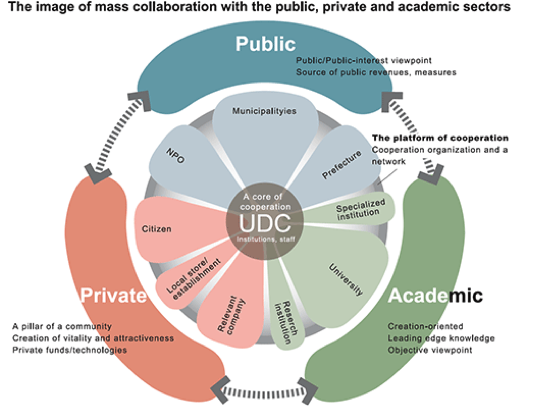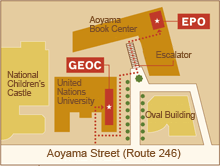Summary

In November, 2006, Urban Design Center Kashiwa-no-ha (UDCK) was established in front of the Tsukuba Express line’s Kashiwa-no-ha Campus station. In the “Kashiwa-no-ha area”, located in the northern part of Chiba Prefecture’s Kashiwa City, the Center has become a base for collaborative city planning which includes the public, private and academic fields.
This was a new city which could be created thanks to the opening of the railroad, and also was the first urban design center in Japan – established through the coordination of public (Kashiwa City), private (community groups, business enterprises, etc.) & academic constituents (Tokyo University, Chiba University). The city planning core is UDCK; meanwhile, since the planning stages, various stakeholders have supplied resources, and a wide variety of projects are being jointly carried out.
Kashiwa-no-ha has been noted mainly for its ‘hardware’ projects, such as large-scale smart grids; however, it is also forward-thinking in terms of community formation.
In an area which had previously been a military airport, Tsukuba Express Avenue and “Kashiwa-no-ha Campus” station were opened in 2005. Based upon that background, in this ‘postmodern’ land area, instead of a new city being built after regular citizens were already living there, the city originated with the opening of the train line. Regarding the development, it wasn’t carried out in a government-led manner; instead, while private enterprises took on the central role in the public sphere, diverse sectors were also brought in, thus resulting in a new style of city planning.
UDCK has the objective of creating “places” & “environments” to advance city planning, through coordination between “public, private and academic” fields. It is constituted of the following sectors/participants:

•Public: Kashiwa City
•Private: Kashiwa Chamber of Commerce, Tanaka Community Hometown Council, Mitsui Fudosan Co., Ltd. (real estate company), Metropolitan Intercity Railway Company (MIR)
•Academic: Tokyo University, Chiba University
Points about the partnership
In old cities, some forms of constraints/’shackles’ exist in relationships between original residents and new arrivals. However, in this city, almost all the residents are new. Therefore, although a fundamental base is lacking, there are also no such constraints, which can be obstructive factors. With a set comprising the ‘hardware’ aspect of smart grids, plus UDCK as the ‘software’, it can be said that this is a grand social experiment in daily living, getting a head start on a future of “smart cities”. Particularly notable about this location is that people actually buy real estate and live there; within real daily life, they are actualizing future living patterns. This is in contrast to most other smart cities, which have a tendency to turn into “model projects lasting for just that fiscal year”. Over five years have passed since people began living there, and numerous efforts have become the seeds for yet more activities.
Category
□Project cooperation/project accord
Theme
Town/City planning, Lifestyles
Actor(s) & Prtner(s)
Actor: Urban Design Center Kashiwa-no-ha (UDCK)
http://www.udck.jp/

















